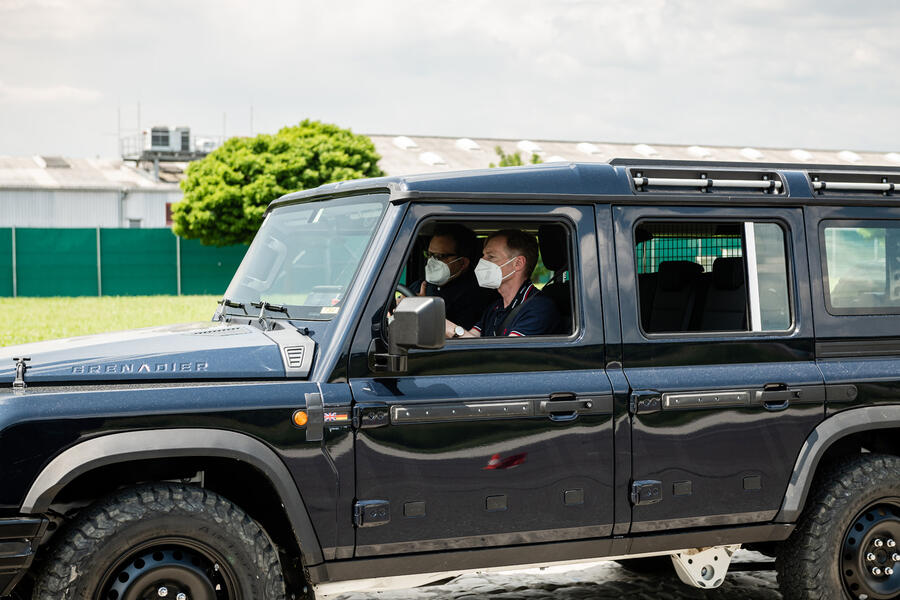We’re precariously balanced on top of a steep, rocky outcrop. After six or so miles of punishing vertical strikes that have tested the suspension to its very limits, the severity of today’s testing has reached its pinnacle. Up front, the right-side wheel hangs in midair at full rebound. At the rear, the heavily loaded left-side wheel is tucked well into its wheelhouse at a truly improbable camber angle.
Welcome to the daunting off-road trail that winds its way up the Schöckl – just outside the city of Graz in Austria – to an altitude of 1445 metres. It’s here where the Ineos Grenadier is undergoing its latest phase of durability testing. In a torturous five-week programme, two prototypes of the bold new British-designed off-roader are planned to be driven 336 times up and down the murderous mountainside – and Autocar has been invited to take part.
Earlier, I was among the first to drive a series of Grenadier prototypes over an off-road handling course. It was demanding, taking in all sorts of obstacles. However, it was nothing compared with the intense pounding that I had just encountered. If there were any lingering doubts about the ability of Ineos, a multinational corporation that found riches in the oil and gas sector, to turn out a world-class off-roader, they’ve just been blown away in spectacular fashion. It’s a display that has taken us from the wide expanse of valley below to the treacherous 52deg incline we find ourselves at now without as much as a slight slip-up along the way.
After inspecting the scene, I clamber back into the car, select low range, engage the three differential locks and carefully head off again. I’m nearing the end of the Schöckl’s most demanding section, where the narrow trail becomes ever more technical over perilous weather-worn granite before the summit. However, the extreme conditions are clearly no impediment to the Grenadier, which continues its low-rev progress as if it were just driving to the shops. Over the next few weeks, engineers from Magna Steyr plan to cover some 1200 miles here as part of an overall 1.1 million-mile durability test programme to be carried out on the model by mid-2022.




